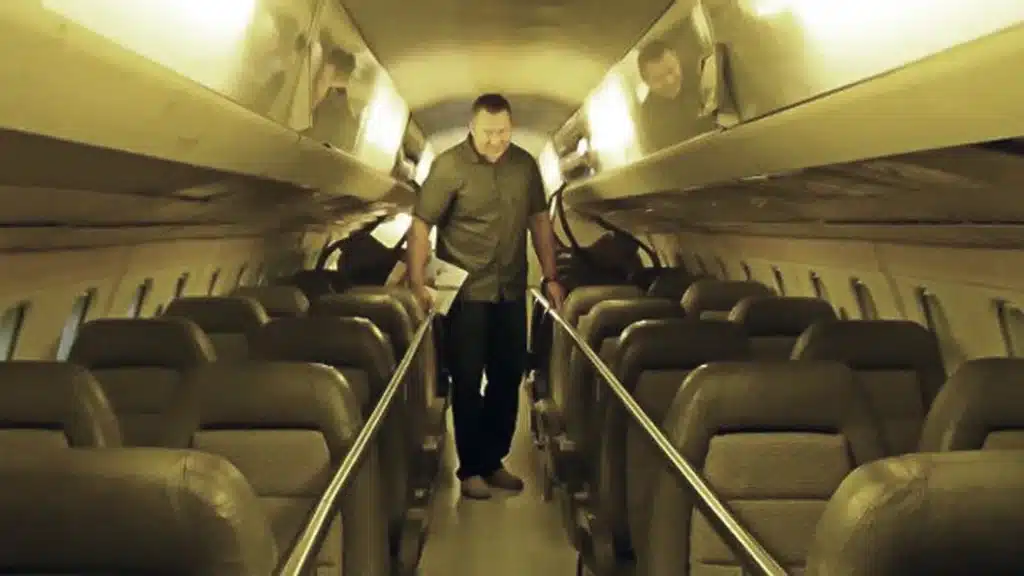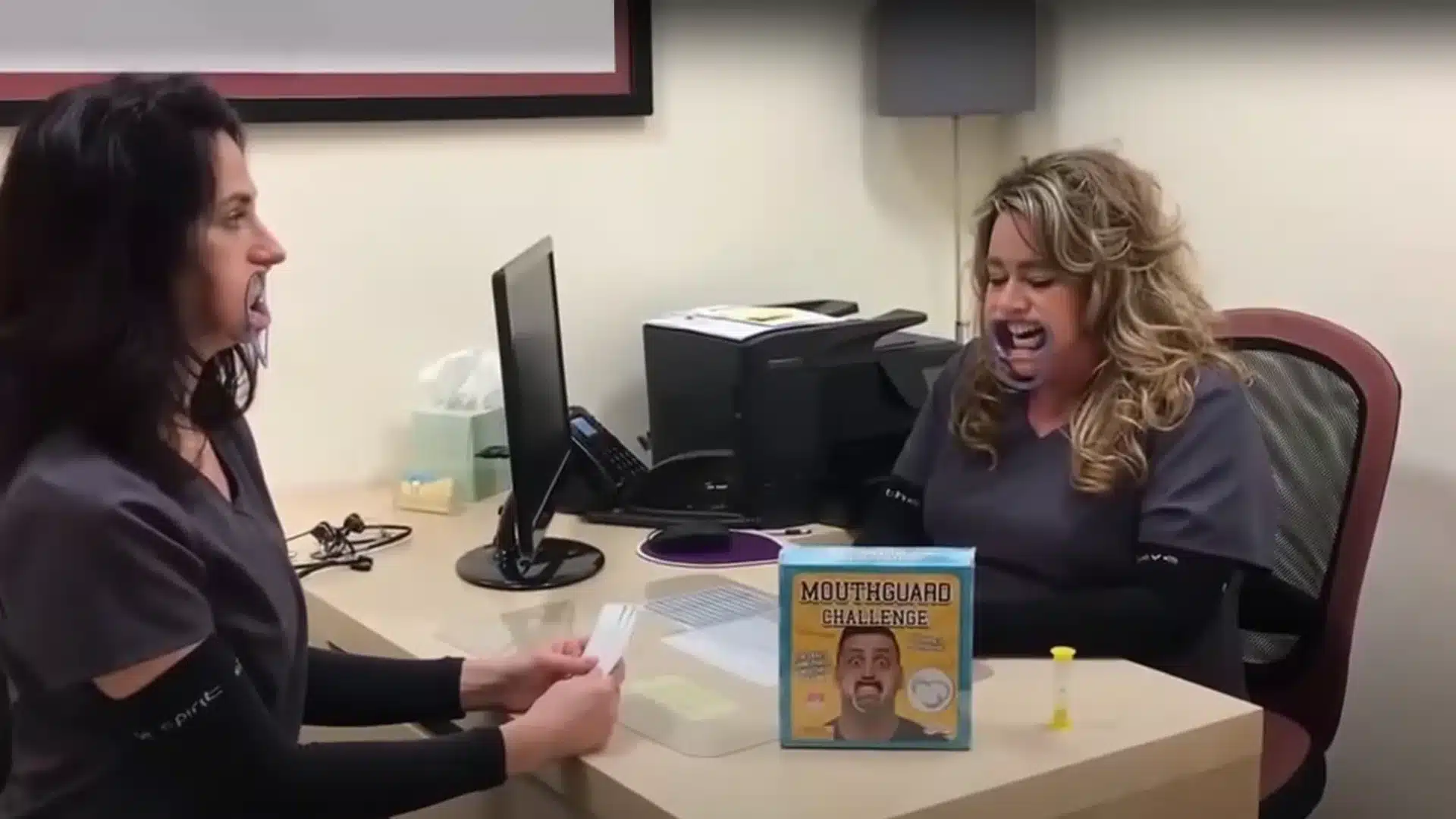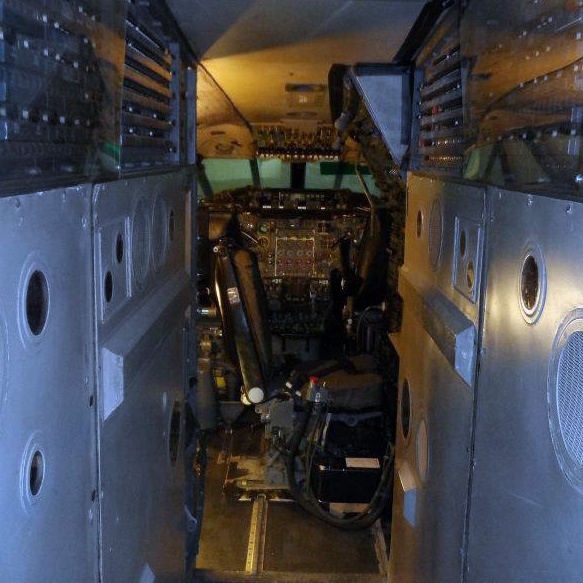
Dentistry is a lot like the aviation industry in that the priority is always a safe, predictable and routine experience for both the pilot and the passengers; the dentist and the patient.
Our respective professions have been able to advance due to technology and engineering which have increased accuracy and efficiency, taking some of the guess work (aka the ‘human error’ factor) out of the equation.
Pilots are using autopilot in flight and computers that are landing airplanes on runways. Advances in technology and electronics have changed how pilots do their jobs.
Dentists are fabricating virtual surgical guides to plan and place dental implants precisely in your jaw using Cone Beam Technology. Advances in technology and equipment have changed how dentists do their jobs.
So, Sit Back, Relax & Enjoy A Whole New Dental Implant Surgery Experience
Guided Implant Surgery
Whether you’re a pilot or a dentist, you have got to nail the landing. Okay, nailing the landing is also important for a gymnast, but I digress . . .
Guided surgery means we can plan a dental implant virtually, and then accurately place the implant in the safest, predictable, most efficient manner. In other words, it is even easier for us to nail the landing.
The Cone Beam Scan (3D x-ray of your jaw) provides us with valuable images of nerves, sinuses and other anatomical landmarks, as well as bone density. We can then design the guide using computer software, and fabricate it on a 3D printer!
The surgical guide is essentially a ‘molded plastic’ piece that sits on your existing teeth, gums, or bone and serves as a guide, or template, like this:
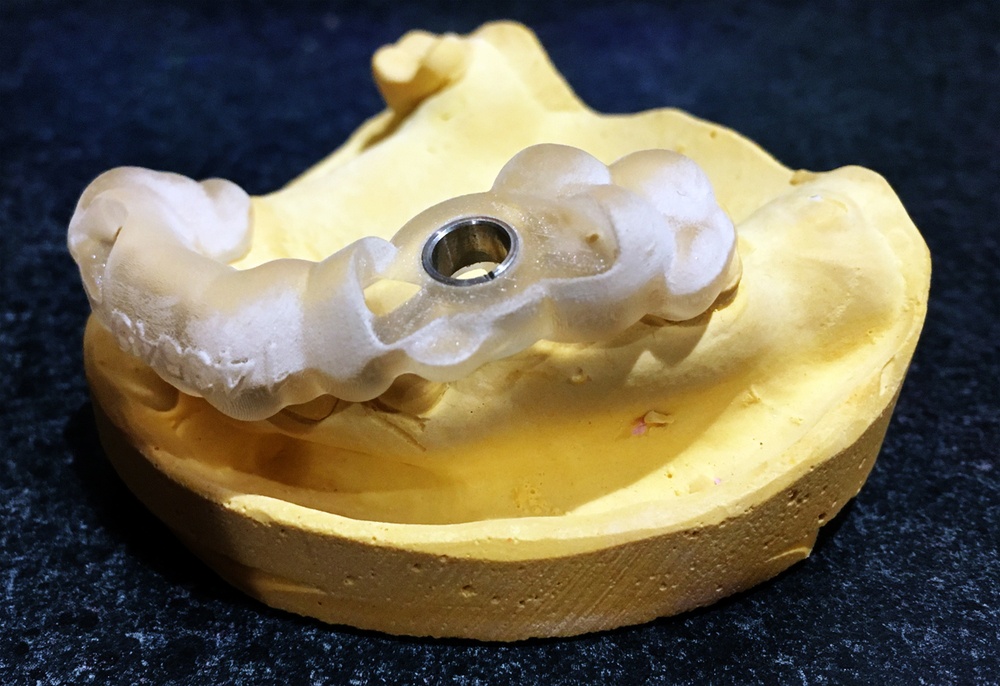
The clear plastic piece is the guide. This surgical template communicates positioning requirements to us, dictating the placement that offers the best support for the repetitive forces of chewing and grinding, aesthetics, and hygiene requirements.
We’ll Get You There
Perhaps not the best airline slogan, but it kind of works for dental implants if you stress the word, there. Safety is the number one reason for using a surgical guide to place implants because all of the guesswork is eliminated. The guide helps us plan the placement and get the implant precisely where we want it to be.
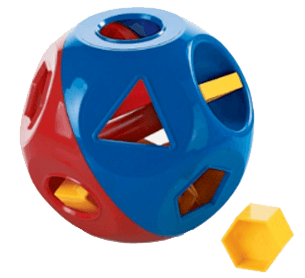
The surgical guide has holes, or ‘guided tubes’ bored through it that are prefabricated, stainless steel and they control the width, correct angulation and depth of the drill burs. Multiple drill burs are used, in increasing width to gradually open up a wide enough space to place the implant.
It’s a bit like those sorting buckets we had as kids where you placed the correct shape (star, rectangle, circle) through the matching hole.
Setting the Standards

Predictability means that we can place implants in the proper alignment, avoiding injury to adjacent teeth, sinuses and nerves, while decreasing post-operative healing time. Most procedures, when using the guide, take as little as 20 minutes, minimizing chair time by 70% versus not using one. The efficiency also extends to fewer visits for you, because data is collected and analyzed digitally in advance of your appointment.
We might be a bunch of science nerds and tech geeks, but the truth is that utilizing 3D scan technology and digitally fabricated guides is the new standard of care in our office, because we don’t believe in compromising your safety or your time.
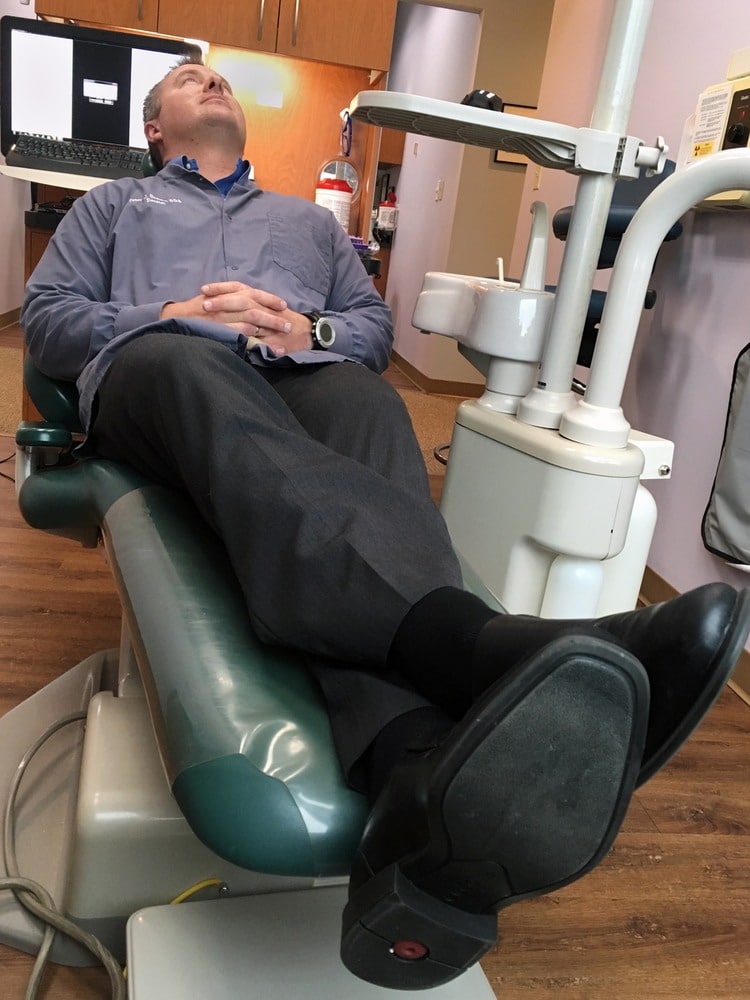
Fly the Friendly Skies
If you’ve considered a dental implant, but are nervous or apprehensive about the procedure, just give us a call at (207) 782-5308 or contact us online to get answers to your questions or to schedule an appointment to come by and check out our office, our staff, and our equipment.
We guarantee you’ll be able to recline your seat back a lot further and you’ll have a lot more leg room than any airplane has to offer.
Plus, you won’t have to fasten your seat belt, learn the ‘bracing position,’ or use your seat cushion as a flotation device!
Unless things get really crazy.



